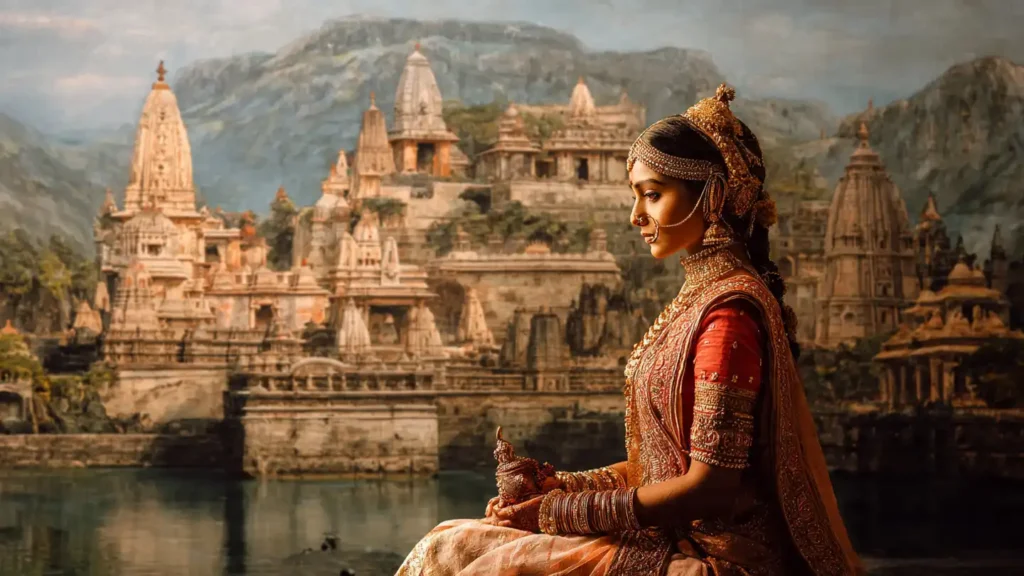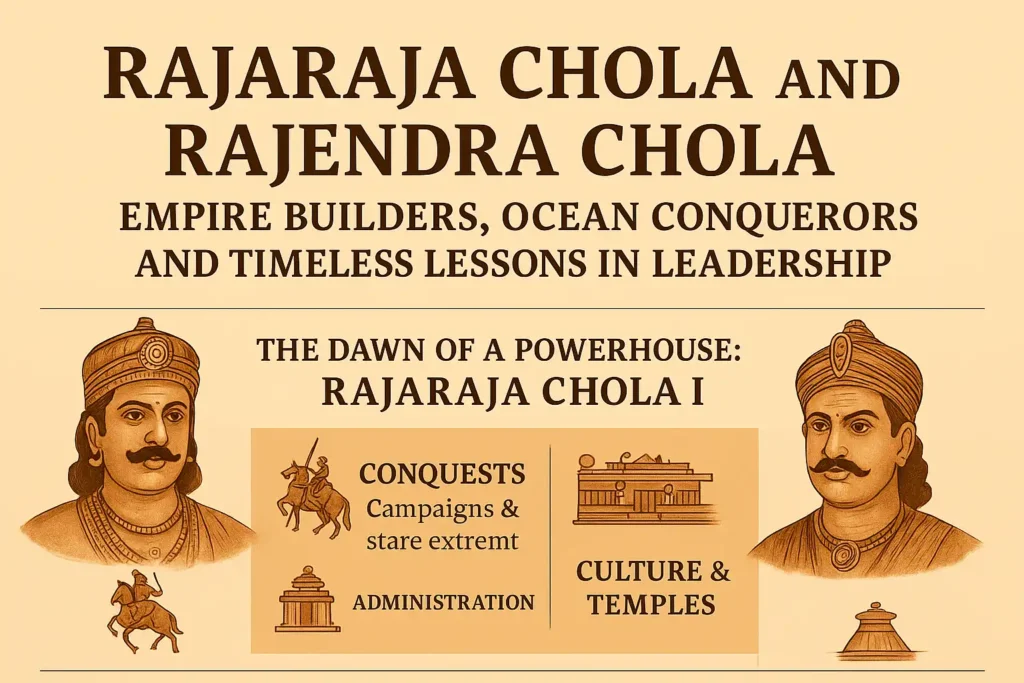The Story of Martyrs Day. Learn about the martyrdom of Bhagat Singh and his associates, their impact on the Indian independence movement, and their legacy. This blog post explores the trial, execution, and the significance of their sacrifice in the fight against British colonial rule. Discover how Bhagat Singh’s ideologies and fearless acts of resistance continue to inspire generations of Indians to strive for justice, equality, and freedom.
Read More About Freedom Fighters: Jhani Ki Rani, Bhagat Singh
Table of Contents
The Martyrdom of Bhagat Singh, Rajguru and Sukhdev
The Story of Martyrs Day
On March 23, 1931, the world witnessed a tragic event that would forever be etched in the annals of Indian history. It was on this day that the brave freedom fighter Bhagat Singh, along with his comrades Shivaram Rajguru and Sukhdev Thapar, were hanged by the British colonial authorities. This day is now commemorated as Martyr’s Day, a solemn reminder of the sacrifices made by these valiant souls in their fight for India’s independence.
The martyrdom of Bhagat Singh and his associates marked a turning point in the Indian independence movement. Their execution not only shook the nation to its core but also ignited a renewed fervor among the masses. Bhagat Singh, a charismatic and fearless leader, had become a symbol of resistance against the oppressive British rule. His daring acts of defiance, such as the bombing of the Central Legislative Assembly and the assassination of British police officer John Saunders, had captured the imagination of the Indian people.
The trial and subsequent execution of Bhagat Singh and his comrades were met with widespread outrage and protests across the country. The British authorities, fearing a mass uprising, imposed strict curfews and deployed additional troops to maintain order. However, the martyrdom of these young revolutionaries had already sparked a fire in the hearts of millions of Indians who were yearning for freedom. The legacy of Bhagat Singh and his associates lives on to this day. Their sacrifice continues to inspire generations of Indians to fight for justice, equality, and freedom.
The story of their martyrdom serves as a reminder of the immense sacrifices made by countless individuals in the struggle for independence. It is a testament to the indomitable spirit of the Indian people and their unwavering determination to break free from the shackles of colonial rule. The martyrdom of Bhagat Singh and his associates also brought international attention to the plight of India under British rule. Their bravery and sacrifice resonated with people around the world who were fighting against imperialism and oppression.
The global support for the Indian independence movement grew stronger, and the British Empire faced mounting pressure to grant India its freedom. In the years following their execution, Bhagat Singh and his comrades became national heroes, and their names became synonymous with the fight for independence. Their images adorned posters, banners, and public spaces, serving as a constant reminder of the sacrifices made by these brave souls. Today, their statues stand tall in parks and squares across India, paying tribute to their courage and unwavering commitment to the cause of freedom. The martyrdom of Bhagat Singh and his associates serves as a stark reminder of the price that was paid for India’s independence.
It is a reminder that freedom is not easily won and that it requires the sacrifice of brave individuals who are willing to lay down their lives for the greater good. The memory of these martyrs continues to inspire and motivate the Indian people to strive for a better future, where justice, equality, and freedom prevail. Bhagat Singh’s life was marked by his unwavering dedication to the ideals of freedom and justice. He firmly believed that the youth had the power to bring about significant change in society and actively encouraged them to join the struggle for independence. Bhagat Singh’s ideologies were deeply rooted in his understanding of socialism, communism, and anarchism.
He saw these ideologies as the means to create a society that was free from exploitation and inequality. In his quest for freedom, Bhagat Singh joined various revolutionary organizations, including the Hindustan Socialist Republican Association (HSRA). He became an active participant in the fight against British imperialism and played a crucial role in planning and executing acts of resistance. One of the most significant acts of rebellion orchestrated by Bhagat Singh was the bombing of the Central Legislative Assembly in Delhi in 1929. This act was a powerful statement against the oppressive British regime and a call for the Indian people to rise up against their oppressors.
Despite being aware of the consequences of his actions, Bhagat Singh never wavered in his commitment to the cause. He faced trials and imprisonment with remarkable courage and used these platforms to further spread his message of freedom and equality. Bhagat Singh’s trial became a symbol of resistance against British oppression and garnered widespread support and admiration for his unwavering determination.
Bhagat Singh’s life and ideals continue to inspire generations of Indians. His legacy serves as a reminder of the power of youth and the importance of fighting for justice and equality. His martyrdom on March 23, 1931, at the young age of 23, only further solidified his place in history as a fearless revolutionary who dedicated his life to the service of his country.
In conclusion, Bhagat Singh’s life was a testament to his unwavering commitment to the ideals of freedom and justice. His deep understanding of socialism, communism, and anarchism shaped his ideologies and fueled his fight against British imperialism. Bhagat Singh’s fearless acts of resistance and his ultimate sacrifice continue to inspire and serve as a beacon of hope for those fighting for a more just and equitable society.
The Lahore Conspiracy Case and the Martyrdom
In 1928, Bhagat Singh and his associates were involved in the Lahore Conspiracy Case, which was a significant turning point in their lives. The case was a result of their involvement in the assassination of British police officer John Saunders, who was responsible for the brutal lathi charge on nationalist leader Lala Lajpat Rai. While Bhagat Singh did not directly participate in the assassination, he and his comrades took responsibility for it as an act of protest against British oppression.
The trial that followed was a highly publicized event, attracting widespread attention both within India and internationally. Bhagat Singh and his fellow revolutionaries used the platform to propagate their revolutionary ideals and expose the injustices of British rule. They firmly believed that their actions were necessary to awaken the masses and ignite a spirit of resistance against the oppressive colonial regime.
Despite their valiant efforts, the court sentenced Bhagat Singh, Rajguru, and Thapar to death by hanging. This verdict, however, did not dampen their spirits or weaken their resolve. On the contrary, it only strengthened their determination to fight for the cause they believed in. They knew that their sacrifice would not be in vain and that their martyrdom would serve as a powerful symbol of resistance against British tyranny.
On March 23, 1931, the three brave souls embraced martyrdom with unwavering courage and conviction. The gallows became their stage, and their final moments were a testament to their unwavering commitment to the cause of freedom. As the noose tightened around their necks, they faced their fate with a sense of pride and defiance, knowing that they were sacrificing their lives for the greater good of their nation.
Their sacrifice ignited a spark of resistance among the Indian masses and inspired countless others to join the struggle for independence. The martyrdom of Bhagat Singh and his associates became a rallying cry for the freedom movement, galvanizing the nation and propelling it towards its ultimate goal of liberation. Their names became synonymous with bravery, heroism, and sacrifice, and their legacy continues to inspire generations of Indians to fight for justice and equality.
Furthermore, Bhagat Singh’s legacy extends beyond his role as a freedom fighter. His influence can be seen in various aspects of Indian society, including politics, literature, and popular culture. Many political leaders, such as Subhas Chandra Bose and Bhagat Singh’s contemporary, Jawaharlal Nehru, drew inspiration from his ideology and methods.
In literature, Bhagat Singh’s life and struggle have been the subject of numerous books, poems, and plays. Writers and artists have sought to capture the essence of his revolutionary spirit and the impact he had on the Indian independence movement. His story has become a symbol of resistance and the fight against injustice.
In popular culture, Bhagat Singh has been immortalized through films and documentaries that depict his life and the events leading up to his martyrdom. These portrayals have served to keep his memory alive and introduce him to new generations who may not be familiar with his story.
Moreover, Bhagat Singh’s legacy has also had a significant impact on the youth of India. His ideas of equality, secularism, and social justice continue to inspire young Indians to question the status quo and work towards a more inclusive and progressive society. Many student organizations and youth movements draw inspiration from his principles and strive to carry forward his vision for a better India.
In conclusion, Bhagat Singh’s legacy is multi-faceted and far-reaching. His unwavering commitment to the cause of freedom, his intellectual prowess, and his willingness to sacrifice everything for his beliefs have made him an iconic figure in Indian history. His ideas and ideologies continue to shape the collective consciousness of the nation and serve as a reminder of the power of conviction and the importance of fighting for justice. Bhagat Singh’s legacy will undoubtedly continue to inspire generations to come, ensuring that his contributions to the Indian independence movement are never forgotten.


















